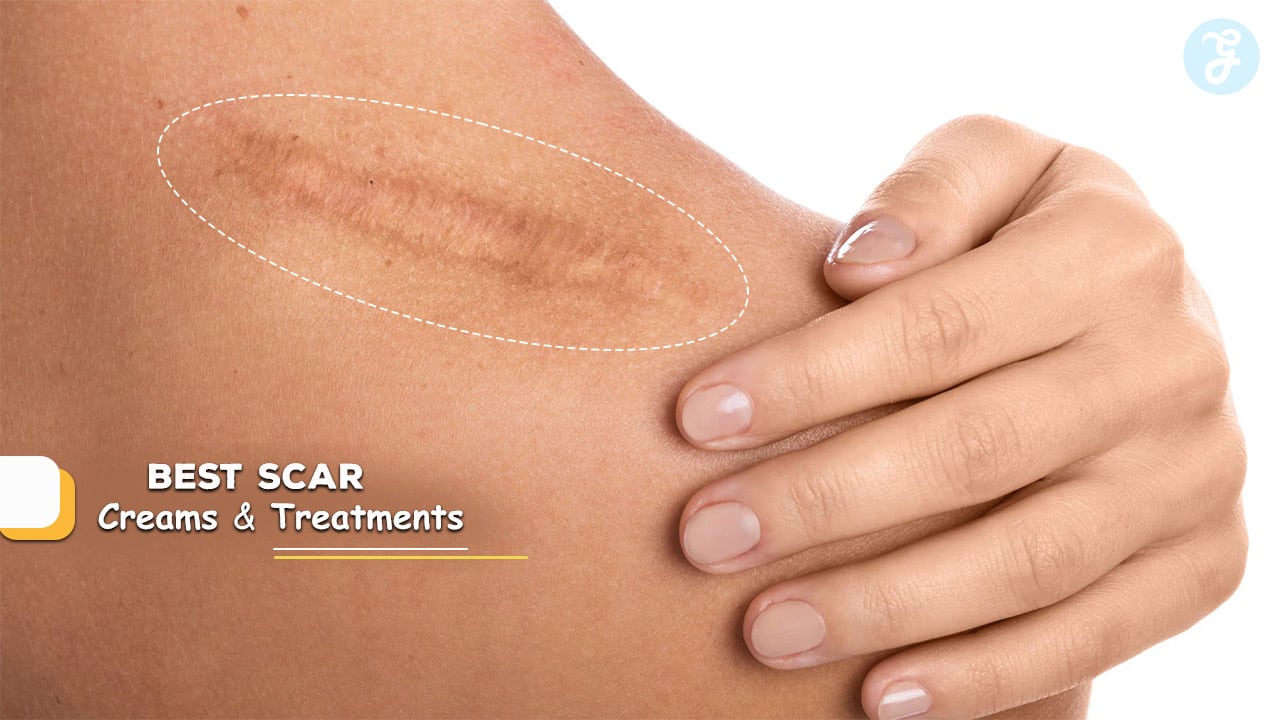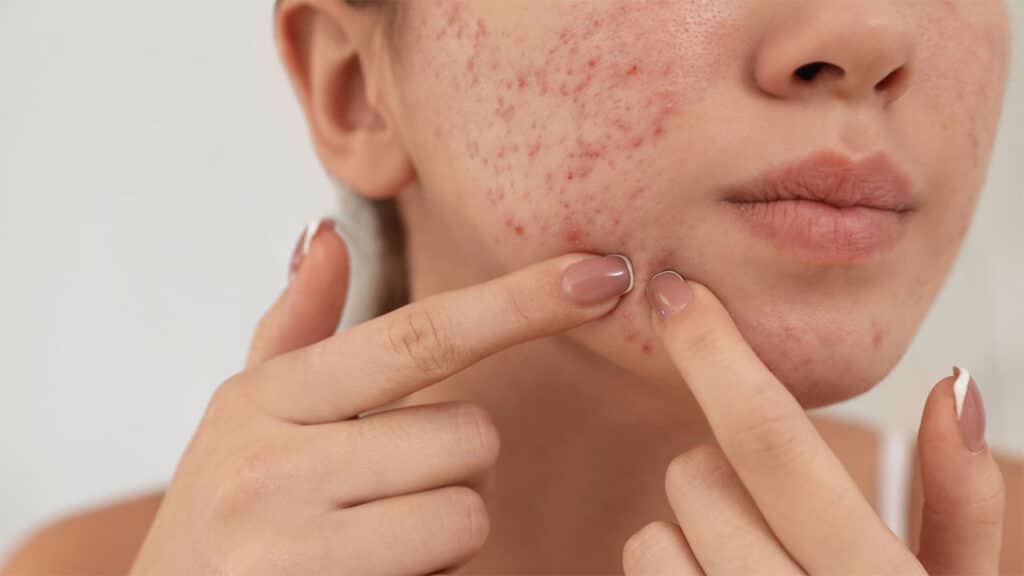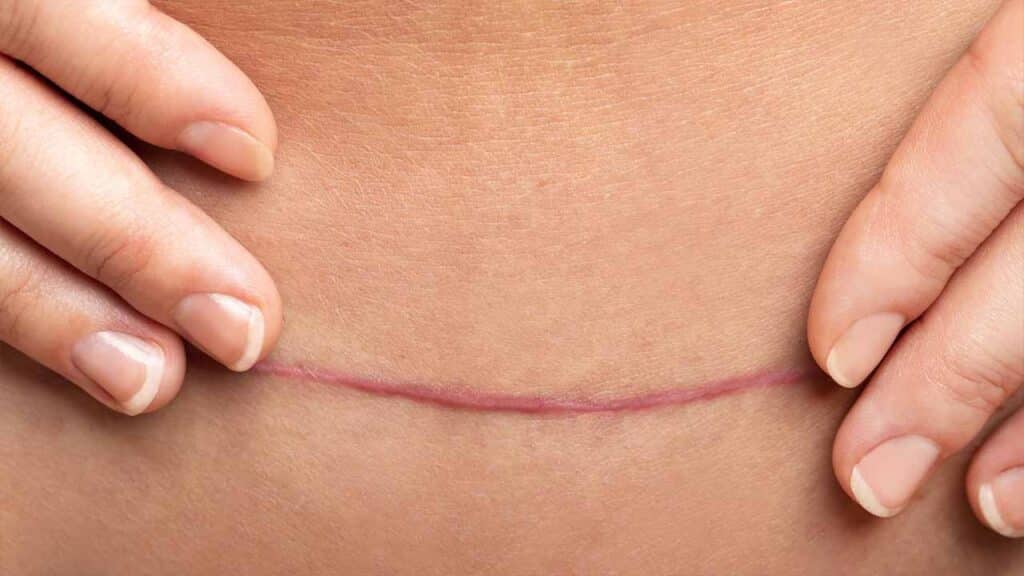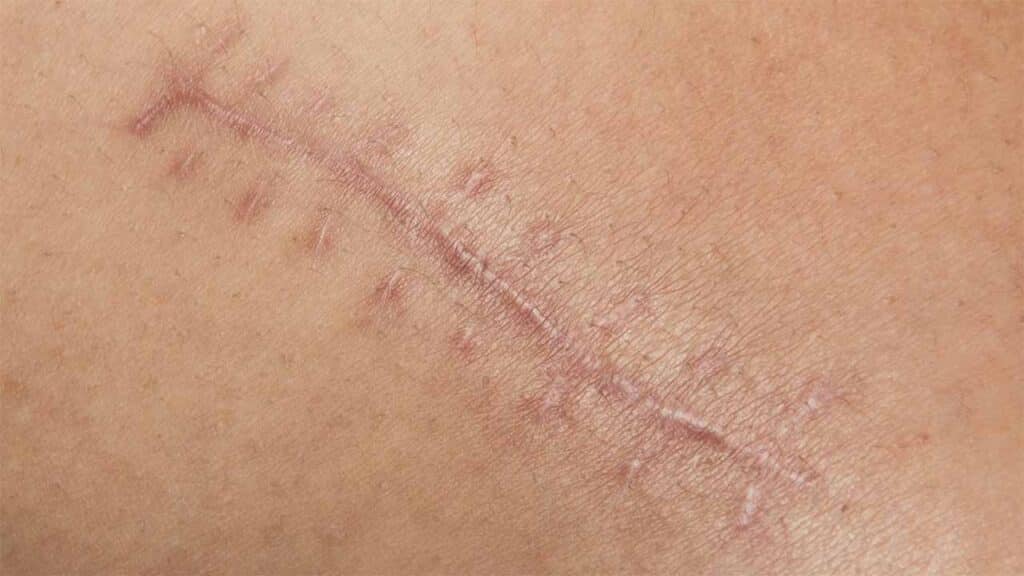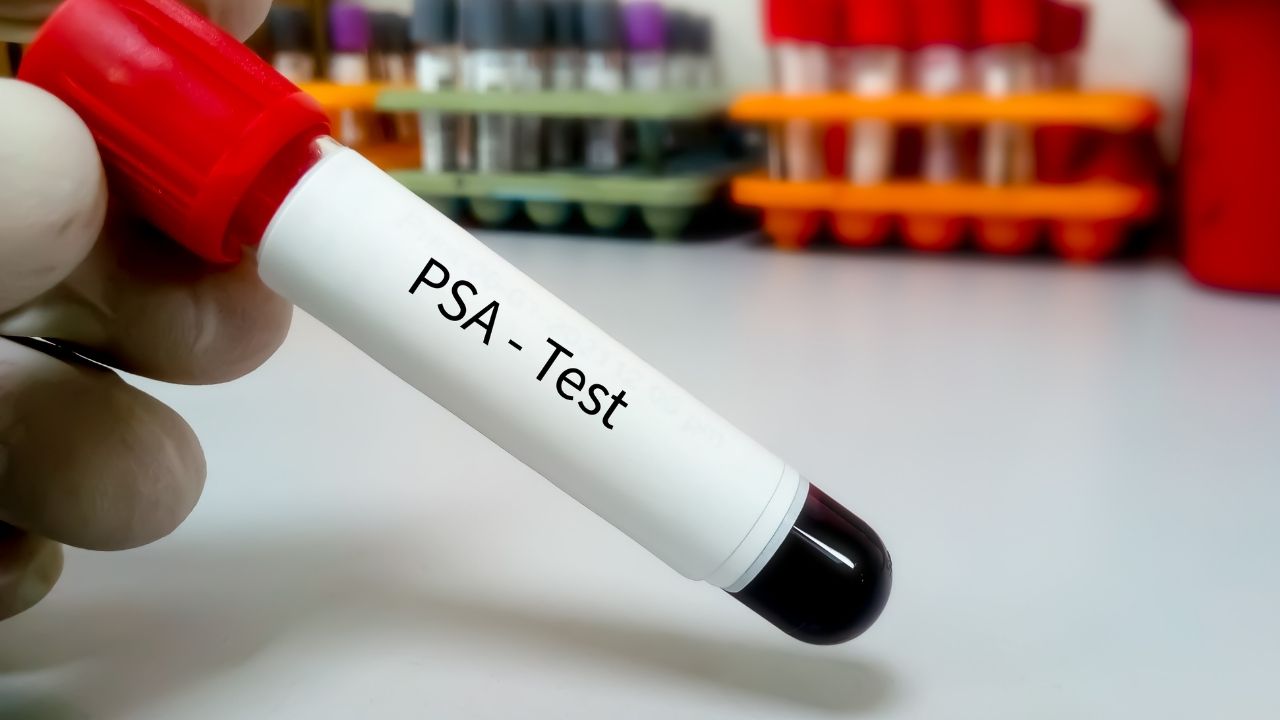Scars can be tough to deal with. They show up after injuries or surgeries and sometimes stick around for a long time. But don’t worry – there are ways to help your skin heal and look better.
Scar creams and treatments can make a big difference in how your skin looks and feels. These products work to smooth out rough patches, fade dark marks, and help your skin get back to normal. You have lots of options to choose from, from gels to creams to special patches. With the right scar treatment, you can boost your skin’s healing power and feel more confident.
Understanding How Scar Creams Work?
Scar creams use specific ingredients to help heal and fade scars. They target the skin’s repair process and can improve a scar’s appearance over time.
The Science Behind Scar Formation
When your skin gets injured, it tries to heal itself quickly. This can lead to scar tissue forming. Scars are made of collagen fibers that are different from normal skin.
Scar tissue is often thicker and less flexible. It may look red, raised, or sunken. The type of scar depends on the injury and how your body heals.
Some scars fade on their own, but others need help. That’s where scar creams come in. They work to soften scar tissue and make it blend in better with your skin.
Key Ingredients to Look For
Scar creams use special ingredients to help your skin heal. Here are some to look for:
- Silicone: Helps keep skin hydrated and can make scars less noticeable
- Onion extract: May reduce redness and swelling
- Vitamin E: Can help moisturize and protect skin
- Allantoin: Soothes skin and may help new skin cells grow
Some creams also have sunscreen. This is important because sun can make scars darker.
When choosing a scar cream, pick one with ingredients that match your scar type. New scars might need different care than old ones.
Remember, scar creams take time to work. You’ll need to use them regularly for weeks or months to see results.
Types of Scar Treatments
Scar treatments come in many forms. They aim to reduce the appearance of scars and improve skin texture. Some work better for certain scar types than others.
Topical Treatments
Creams, gels, and ointments are common topical scar treatments. You can buy many over-the-counter or get stronger ones from a doctor. Silicone-based products are popular. They help keep the scar area moist and may reduce redness.
Mederma is a well-known brand. It has scar gels and creams with SPF protection. The SPF shields scars from sun damage, which can make them darker.
Bio-Oil is another option. It uses plant oils to soften scar tissue. Many people like it for older scars.
Some creams have onion extract. This ingredient may help reduce inflammation in new scars.
Laser Treatments
Laser treatments use focused light to improve scars. They work best for raised scars or those with uneven texture.
There are different types of lasers. Some remove the top layer of skin. Others work deeper to break up scar tissue.
You’ll need several sessions for best results. Laser treatments can be pricey. They also require downtime for healing.
The effects can be dramatic for the right scars. But they’re not right for everyone. You’ll need to talk to a dermatologist to see if lasers are a good choice for you.
Injectable Treatments
Injections can help with different scar types. For sunken scars, fillers can raise the skin to match surrounding areas. Doctors often use hyaluronic acid fillers for this.
For raised scars, steroid injections can help flatten them. These work well for keloids and hypertrophic scars.
Some doctors use botulinum toxin (Botox) around scars. This can relax nearby muscles and reduce tension on the scar.
Injectable treatments are quick but may need to be repeated. Usually, a dermatologist or plastic surgeon performs them. Results can last months to years, depending on the type.
Maximizing the Effectiveness of Scar Creams
Using scar creams the right way can make a big difference in how well they work. Good habits and proper use will help you get the best results.
Proper Application Techniques
Apply scar cream to clean, dry skin. Wash your hands and the scarred area with mild soap. Pat dry gently. Don’t rub.
Use the amount listed on the product label. More isn’t always better. A pea-sized drop is often enough for small scars.
Gently massage the cream into your scar using small circular motions. This helps it absorb better. Be patient and take your time.
Apply scar cream 2-3 times daily, unless the label says otherwise. Set reminders on your phone so you don’t forget.
Cover the treated area with a bandage or silicone sheet if your doctor suggests it. This can boost the cream’s effects.
Complementary Skincare Practices
Protect your scar from the sun. UV rays can make scars darker and more noticeable. Use sunscreen with at least SPF 30 daily.
Keep your skin moisturized. Well-hydrated skin heals better. Use a gentle, fragrance-free moisturizer.
Don’t pick at scabs or healing skin. This can cause more scarring and slow down healing.
Eat a healthy diet rich in vitamins C and E. These nutrients support skin repair. Foods like citrus fruits, nuts, and leafy greens are good choices.
Be consistent with your scar care routine. It takes time to see results. Stick with it for several months before judging the effects.
Final Thoughts
Scars can be a persistent reminder of past injuries or surgeries, but with the right approach, you can significantly improve their appearance and boost your confidence.
The best scar creams and treatments of 2024 offer a variety of solutions, each tailored to different types of scars and skin needs. Whether you opt for topical creams, laser treatments, or injectables, consistency and proper application are key to achieving the best results.
Remember to protect your skin from the sun, maintain a healthy skincare routine, and give these treatments time to work. With patience and the right care, you can help your skin heal beautifully, reducing the visibility of scars and restoring a smoother, more even complexion.


